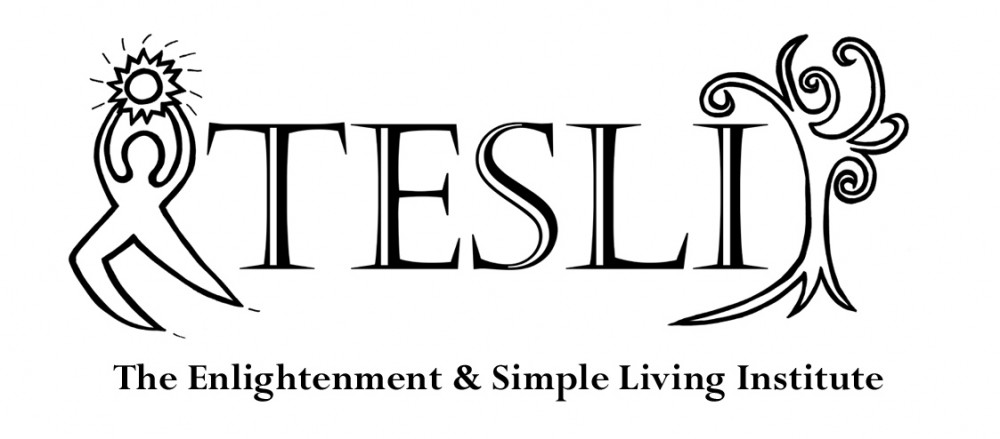While my first sell and buy of Ethereum in May (mentioned in my Dorena does Day Trading post) got me thinking about day trading, I still thought like a long-term investor. I could see the prices going up and I just wanted to use the proceeds from my house to buy a chunk and sit on it.
However, I was thwarted by daily and weekly purchase limits imposed by Coinbase. I purchased all I could at the end of May and even considered making a credit card purchase with a 12% fee. (Which I regret not having done – since the overall price would have been $190 and within two weeks Ethererum was over $400.)
At some point, my partner turned me on to GDAX. The fees were a fraction of Coinbase, the limits were higher and I could place buy and sell orders at speculative but set prices instead of being forced to place an instant purchase. However, by the time I got the account funded, the price of Ethereum was up another $100.
I bought my last few Ethereum with the long-term investor mentality when the price was maxed at $400 on June 12th. Then the prices started to drop with lots of daily fluctuations. This is when I started considering day trading. Buying 10 ETH and then selling when it was $20 higher would make $200. The market was so volatile it almost seemed predictable that it would fluctuate that much. Since, I was already keeping my eye on the price, why not play around with buying at the daily low and selling at the high?
On June 21st I decided to give it a try. Setting aside the majority of my ETH, I picked a safe number I wouldn’t feel bad to lose, to play with. I bought at a low and sold when the value went up $10. I made $99 the first time I did this. For the next three days I bought modest amounts, but the price kept dropping and I just held. Then on the 25th I bought a chunk, got scared and sold it as soon as it went up a fraction and made $20.
I was an anxious wreck. And, I was curious. What underlying belief was keeping me so nervous. I had already decided what I was willing to lose. I could sense a lot of different programs pushing at me.
- The need to be right
- The need to not make a mistake
- Shame at looking bad
- My mother’s ideas that you don’t lose money unless you sell
- My attachment to the outcome
- The volatility of the market, requiring hypervigilance
- My attachment to my plan
I thought it was stupid to continue, but I was intrigued if I could actually learn how to day trade without attachment. My mind kept thinking about two of the Eight Worldly Thoughts:
Being happy when things go your way.
and
Being unhappy when things don’t go your way.
This totally described my situation. Could I learn to be detached in the face of rising and falling prices?


